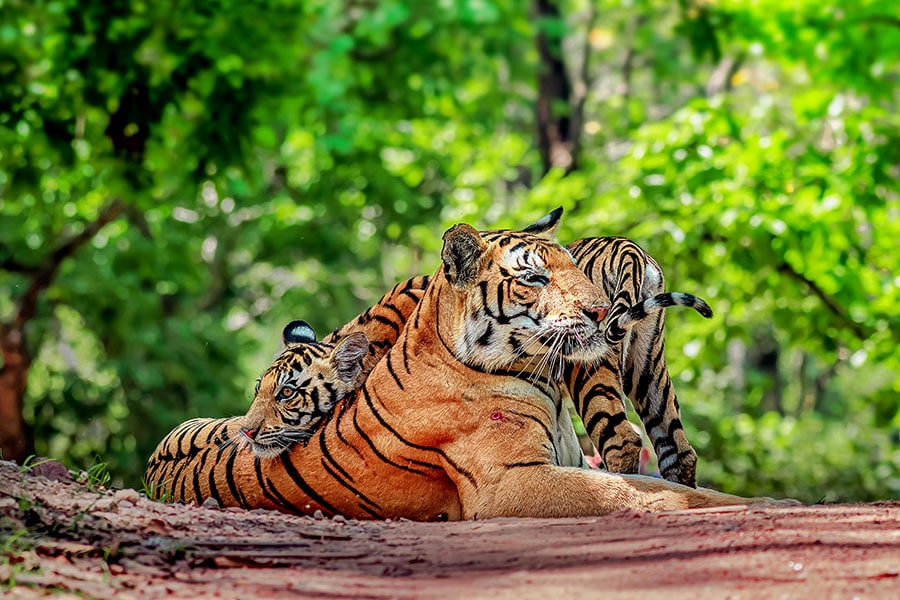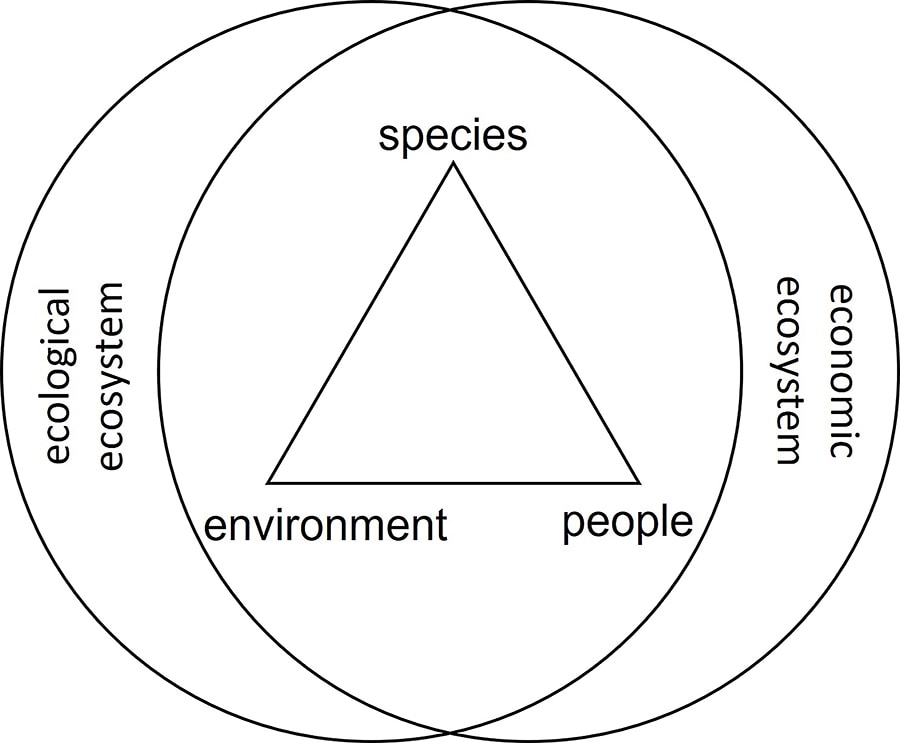
Why marrying ecology with economics is important for sustainable living
We've traditionally left ecology out of our economics, economics out of our ecology, and local people out of both. Here's why we need to reintegrate them if species, environment, and people are to survive
 Nine Tiger reserves were established in 1973
Image: Sandipan Barddhaman/Shutterstock
Nine Tiger reserves were established in 1973
Image: Sandipan Barddhaman/Shutterstock
- Dead tiger (2004): $24
- Live-tiger economic value (2017): $2.2 million/yr
When villagers set electric wire or poison traps for tigers, they're usually just trying to kill what they think is a dangerous pest after it's killed a farmer's ox—or worse, mauled a family member. Rural Indian farmers selling the carcass to a poacher could earn up to half their annual income.
How could they know its life-transforming economic power? Do we know?
We've traditionally left ecology out of our economics, economics out of our ecology, and local people out of both. We need to reintegrate them if species, environment, and people are to survive.
How can we do that? A good example comes from the "Heritage Trees Case" in India, in which 356 80-plus-year-old trees were in danger of being cut down for new infrastructure. The Chief Justice commissioned a study led by Nishi Mukerji from The Tiger Center, an award-winning NPO. When they added oxygen production, climate change regulation, flooding protection, biofertilisers, micronutrients, and so on to traditional valuation, the results were surprising:








